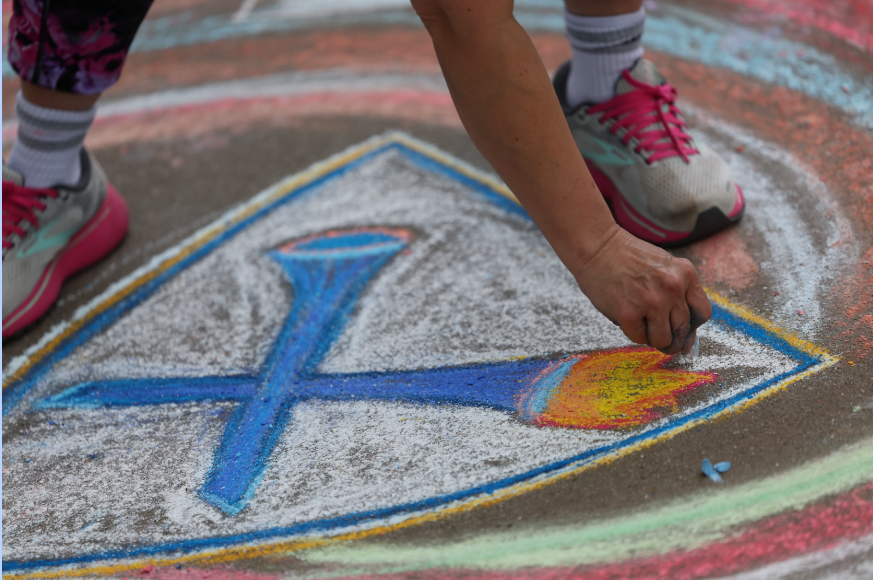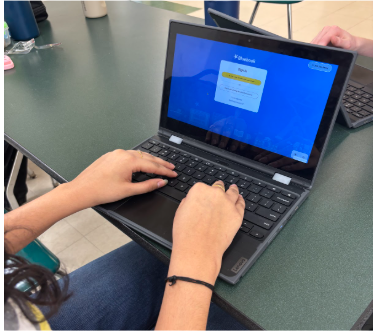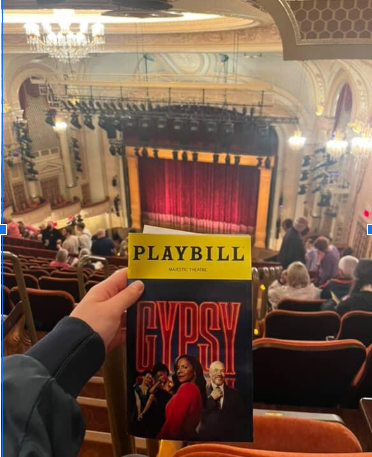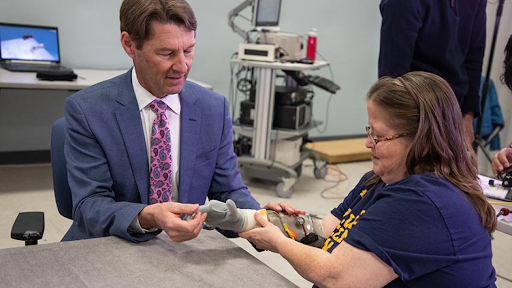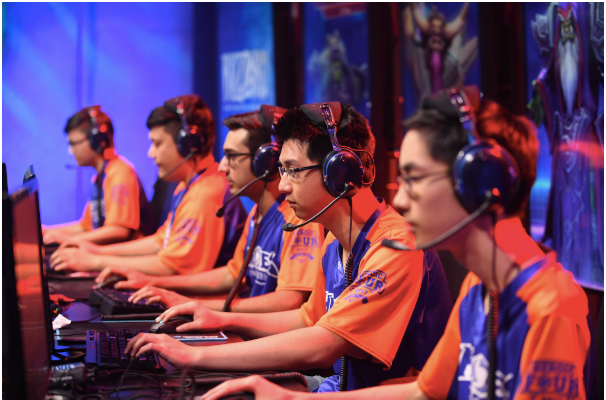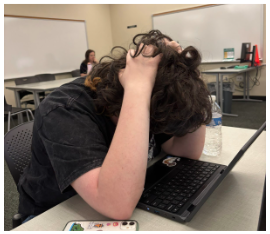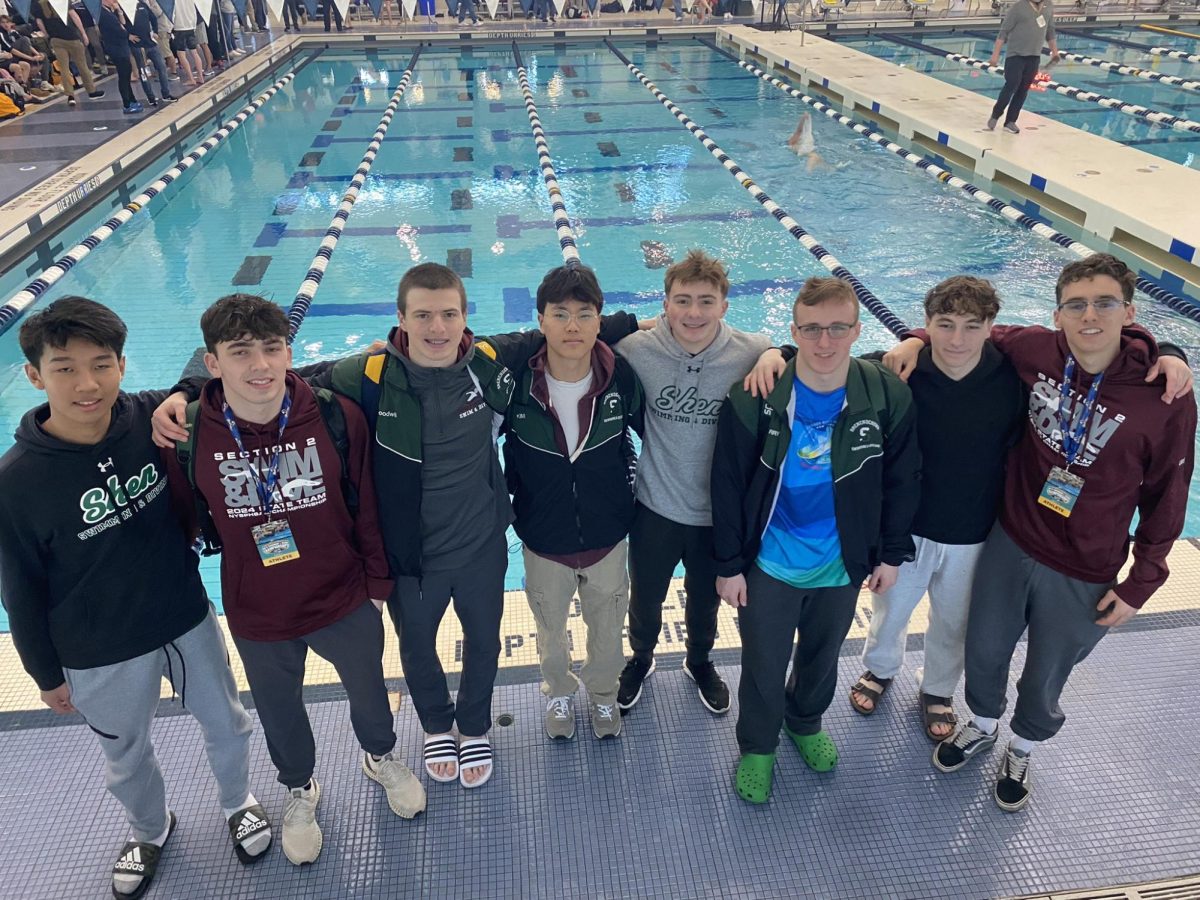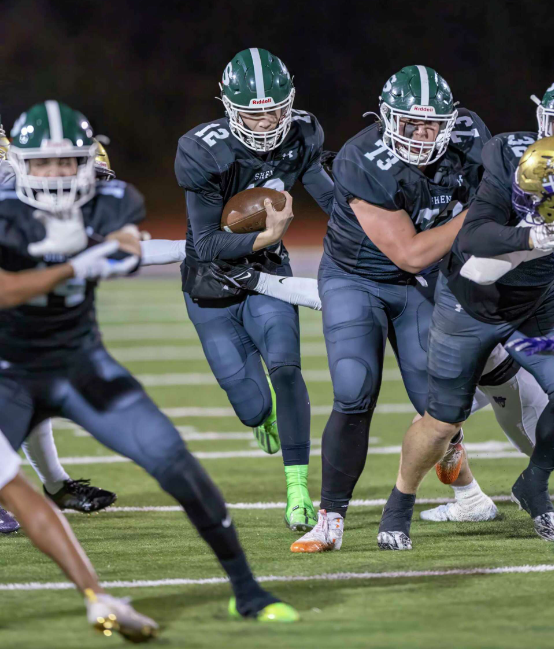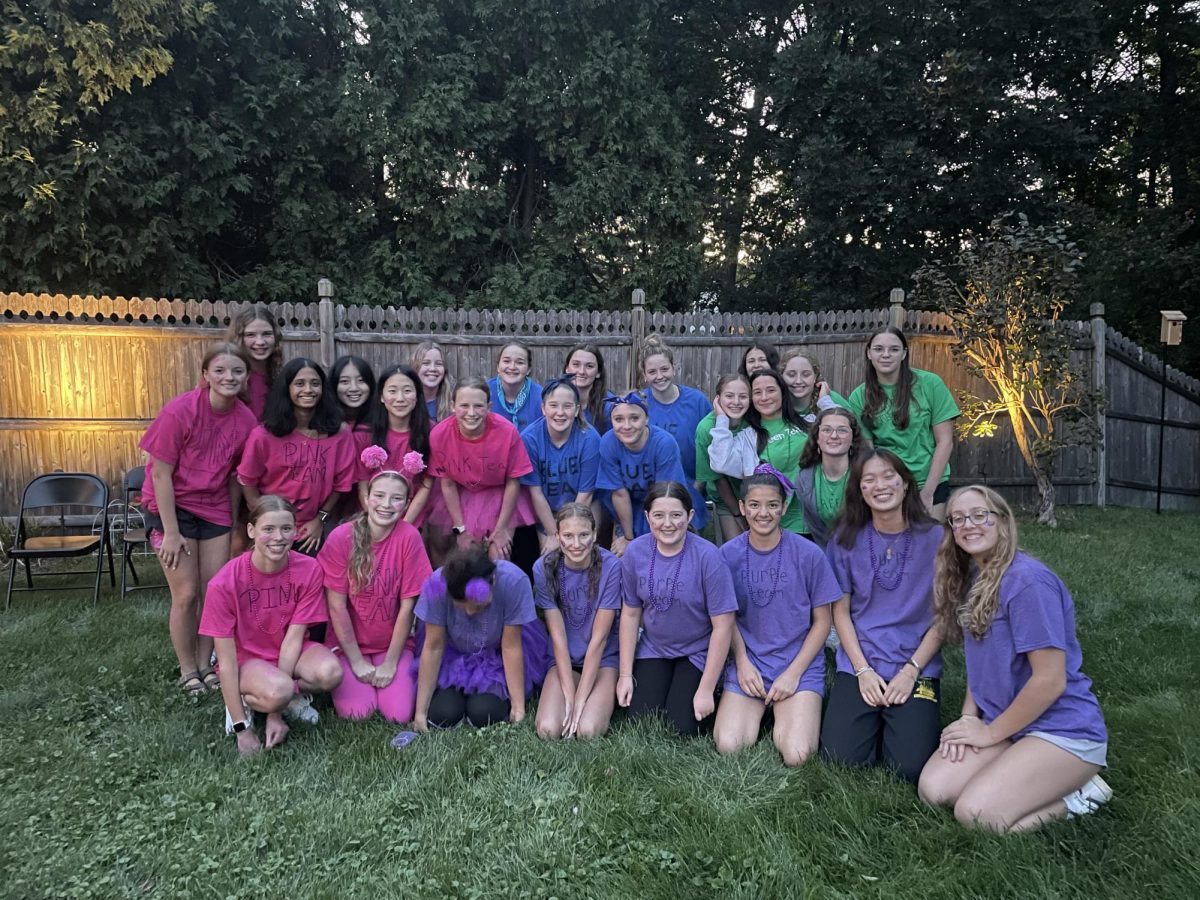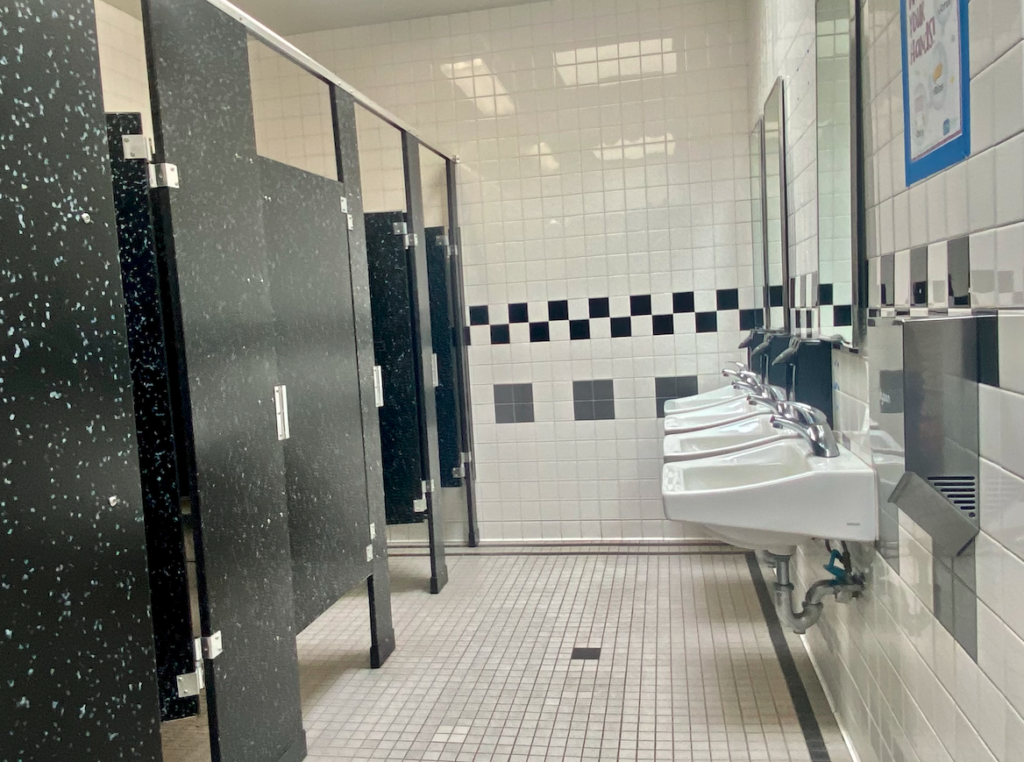“It looked like there was going to be a fight in the bathroom, so I ran out before I could wash my hands. I’ll never use a school bathroom again.”
That’s what my friend, who depends on access to bathrooms due to health problems, said to me last year after returning from a school restroom. She’s more worried about what could happen to her inside the bathroom than about what would happen if she avoided bathrooms entirely.
It is said in the “About Us” section of Shenendehowa’s website that, “A focus on students includes ensuring safety…” So why are there students who feel that bathrooms, places that should be unquestionably safe, are risky environments to be in?
It’s not just at Shenendehowa where students feel unsafe in bathrooms. According to an article in The Salt Lake Tribune written by Michael Lee, a recent study by the Utah Student Health and Risk Prevention Survey showed that about 30% of Utah students felt “somewhat” or “very” unsafe in school bathrooms. If that percentage at all represents the concerns among Shenendehowa’s students, it’s time for action to take place.
While there are certainly students who would prefer to have relaxed bathroom policies with a lack of security, it’s imperative that Shenendehowa High School administration improves bathroom safety and accessibility. This can be accomplished by hiring more hall monitors assigned to bathrooms and by implementing stricter consequences for students who break restroom rules.
Hall monitors are helpful in keeping order at school, an order that our bathrooms desperately need. Lauren Cammarota of The Ship’s Log at Cinnaminson High School in New Jersey wrote an article about how hall monitor Geri Ferroni makes it a part of her duties to record the amount of time students are in bathrooms, in an effort to fix crowding problems.
If Shenendehowa hires monitors that follow this policy, the number of kids needlessly stalling in the bathrooms will decrease, as those kids will be forced out in a timely manner. That will open more opportunities to use bathrooms for students who want to use them for their intended purpose.
An obvious question is whether Shenendehowa can handle the expense that comes with hiring more hall monitors. The Shenendehowa budget is already $213.7 million (according to the district’s website) and some may believe adding more money would be excessive.
But hiring more monitors may be more manageable than it seems. Data from ZipRecruiter, a website that posts data on all sorts of occupations, shows that the average yearly salary for hall monitors in New York City is currently $34,686. If Shenendehowa hires a dozen hall monitors and pays them that amount each year, that will total just $416,232, a miniscule 0.2 percent increase on the current budget. This can surely be accomplished, and it would have a positive impact on the accessibility of bathrooms at our school.
In terms of discipline, Shenendehowa’s lack of consequences for bad behavior in bathrooms gives students the sense that their actions will go unpunished, which makes those students more likely to become repeat offenders. As The Educator’s Room wrote in 2023, “The lack of immediate and meaningful consequences allows for the normalization of disrespectful behavior…”
This needs to be changed. Riverside Prep is a private school in Georgia that believes discipline “encourages positive academic performance” and “creates a safe environment for students.” If Shenendehowa recognizes this and implements even small punishments like lunch detentions for those who break the rules, there could be long-term benefits for those students such as increased academic achievement and fewer repeat offenses, which would make the bathrooms easier for rule-following students to use.
Ultimately, Shenendehowa must take action to make the bathrooms safer for students to visit. By hiring more hall monitors and being more strict toward rule breakers, the students who risk their health by avoiding the bathroom will no longer need to worry.


